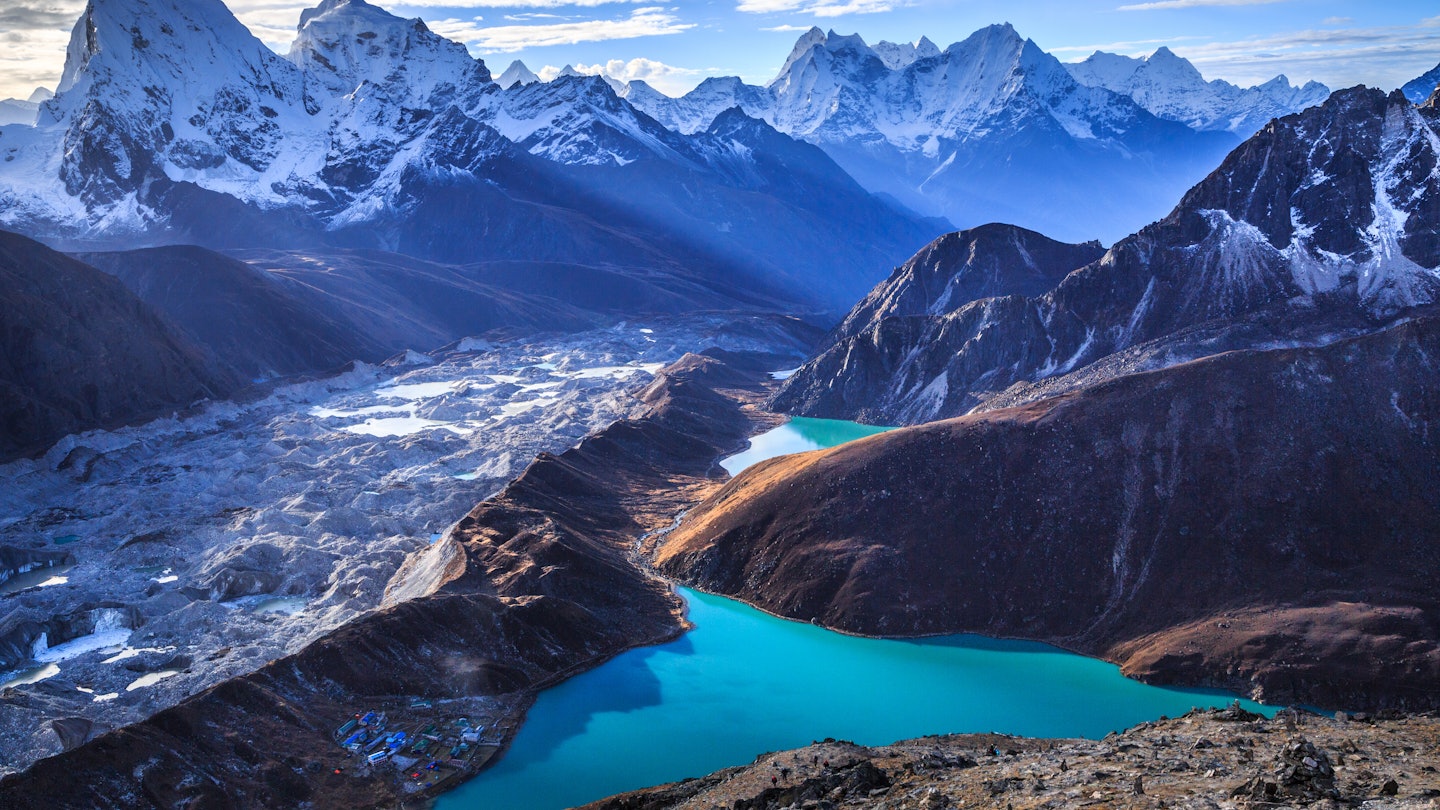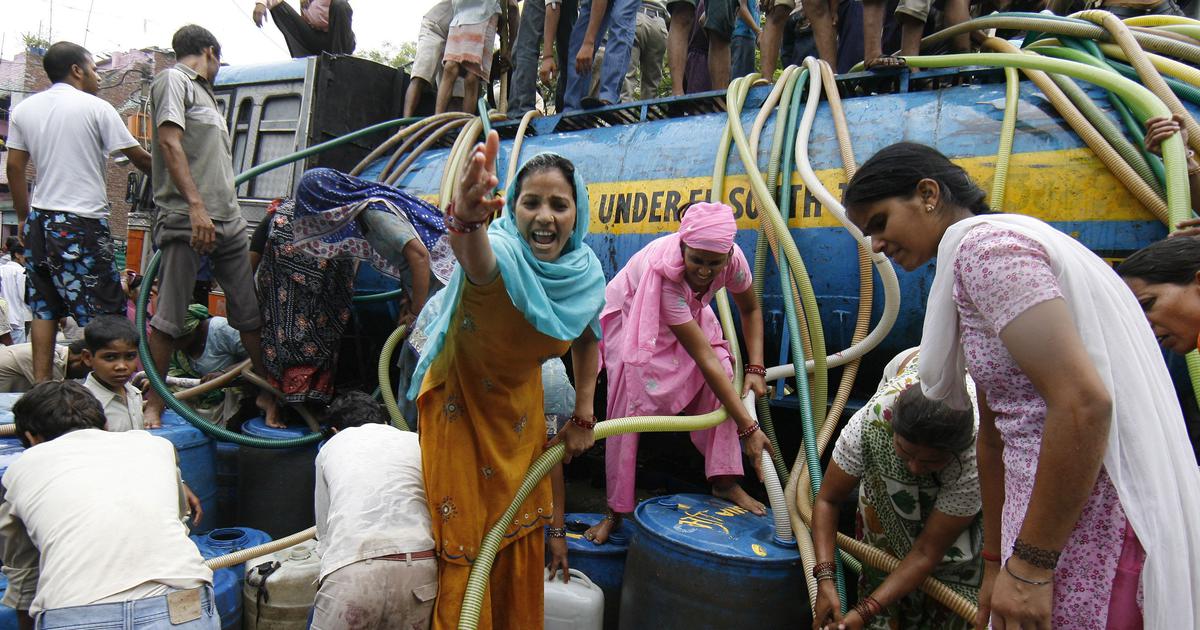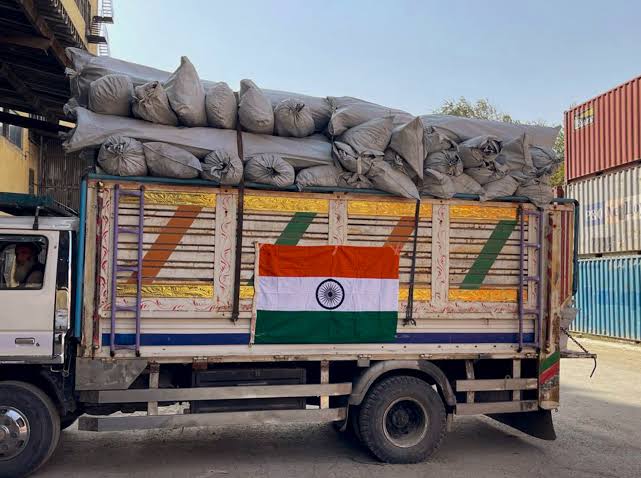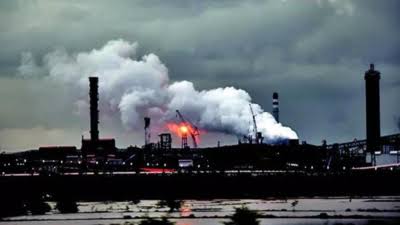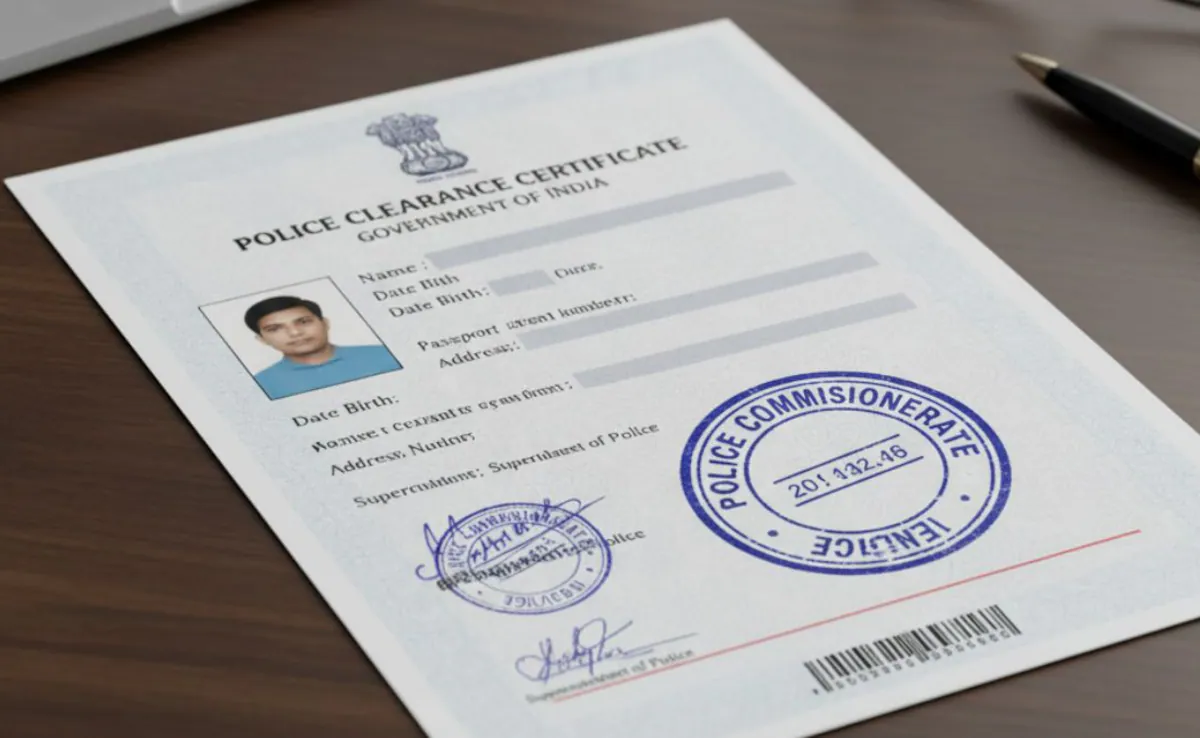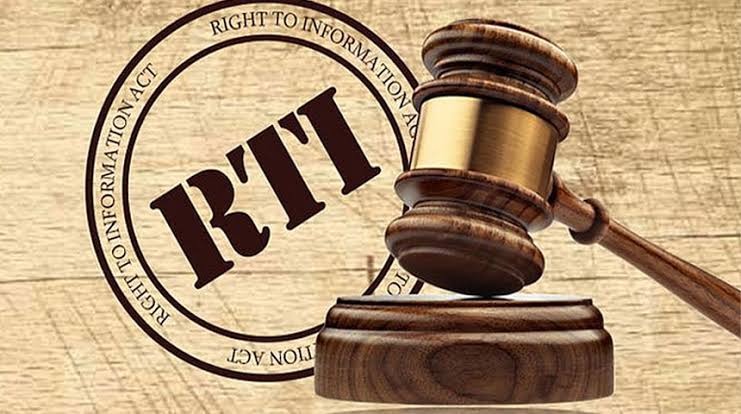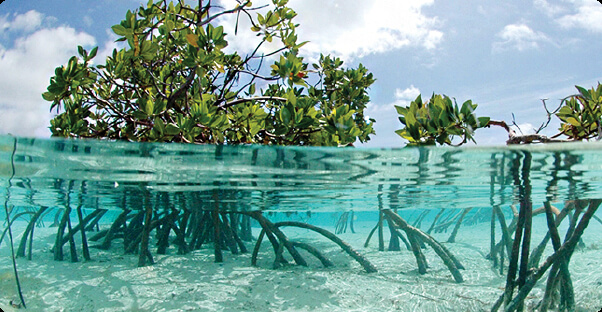
Blue carbon refers to the carbon captured by coastal ecosystems such as mangroves, sea grasses, and salt marshes. These habitats are among the most powerful natural carbon sinks, storing three to five times more carbon per area than tropical forests. Mangroves alone can lock away over 1,000 tons of carbon per hectare.
Beyond carbon capture, mangroves protect shorelines, prevent soil erosion, and support marine biodiversity. Restoring even 10% of degraded mangroves could sequester 1.6 billion extra tons of carbon.
However, progress faces hurdles. Carbon credit markets, meant to fund restoration, suffer from high costs and lack of transparency, leading to mistrust. Corruption and land-use change, especially for shrimp farming and agriculture, have worsened mangrove loss in regions like Myanmar and Bangladesh.
On the positive side, innovations are emerging: Australia’s Blue Carbon Method has set clear guidelines for carbon projects, while AI and blockchain are improving monitoring and transparency. India’s MISHTI initiative is already restoring hundreds of square kilometers of mangroves.
If scaled properly, blue carbon credits could reach a $50 billion market by 2030, bringing climate resilience, jobs, and economic growth along with environmental protection.
Tags:
Post a comment
Mountains matter : India’s fate is Himalayan!
- 29 Sep, 2025
- 2
Why are Delhi’s low income families paying 15% of their...
- 19 Aug, 2025
- 2
India Builds Ties, Pakistan Faces Criticism over Afghanistan!
- 10 Oct, 2025
- 2
Uttar Pradesh sees women walk fearlessly, Yogi says!
- 21 Sep, 2025
- 2
National designated authority to regulate India’s carbon markets!
- 19 Sep, 2025
- 2
Categories
Recent News
Daily Newsletter
Get all the top stories from Blogs to keep track.








